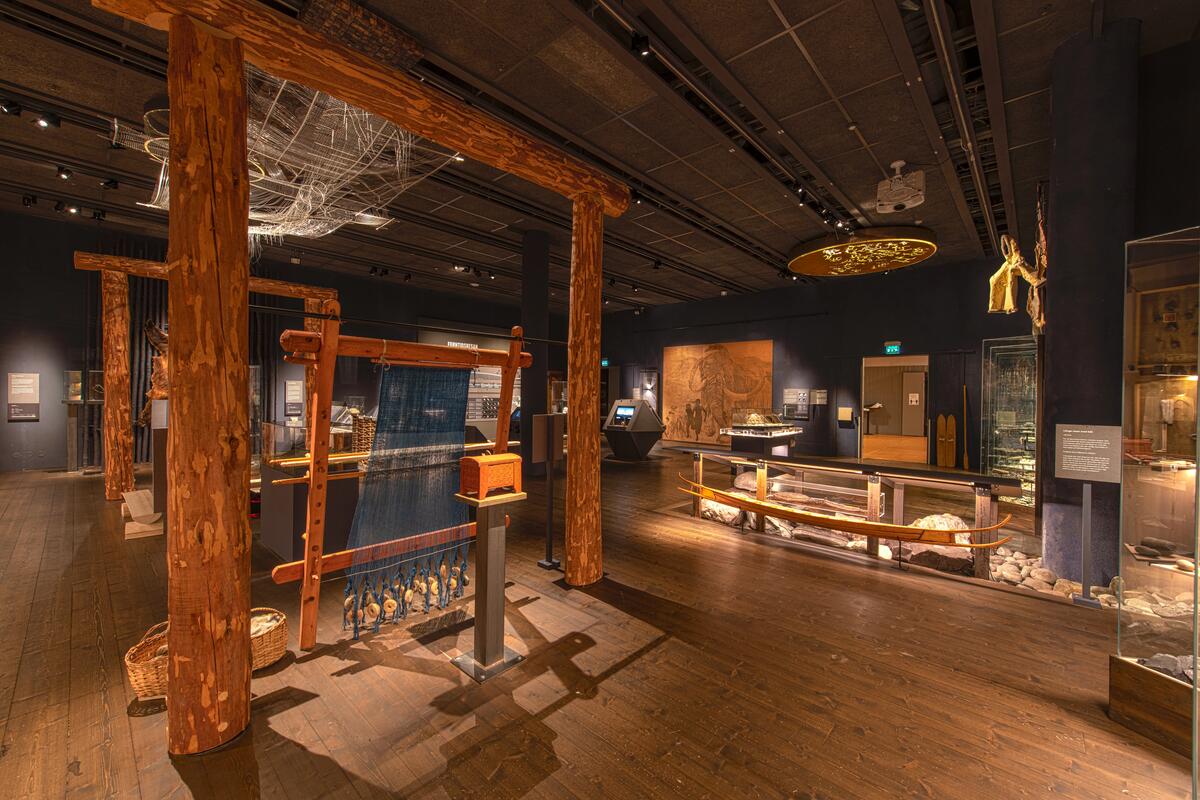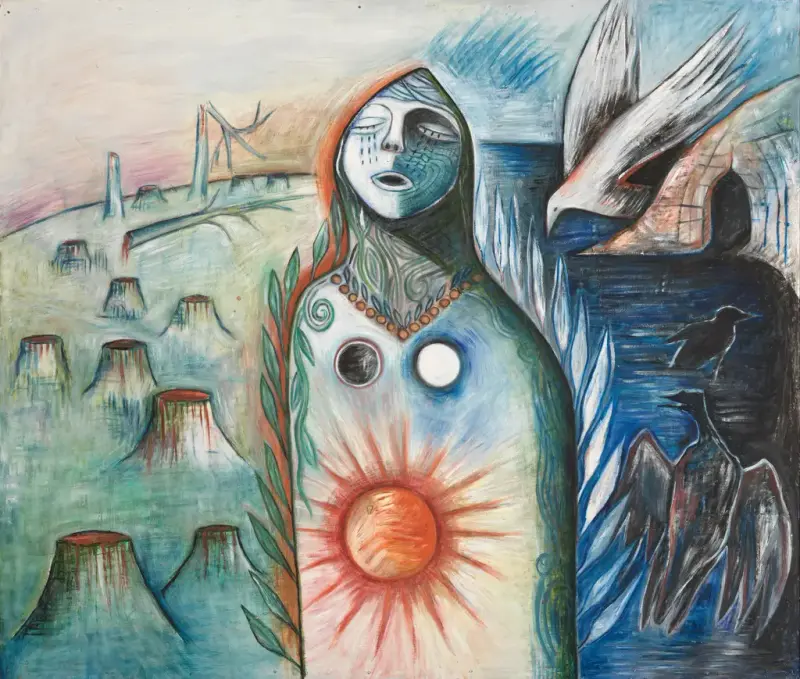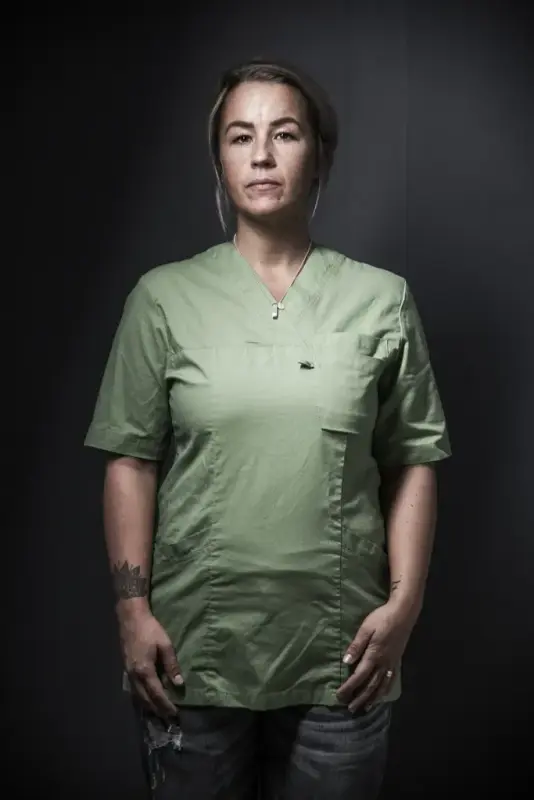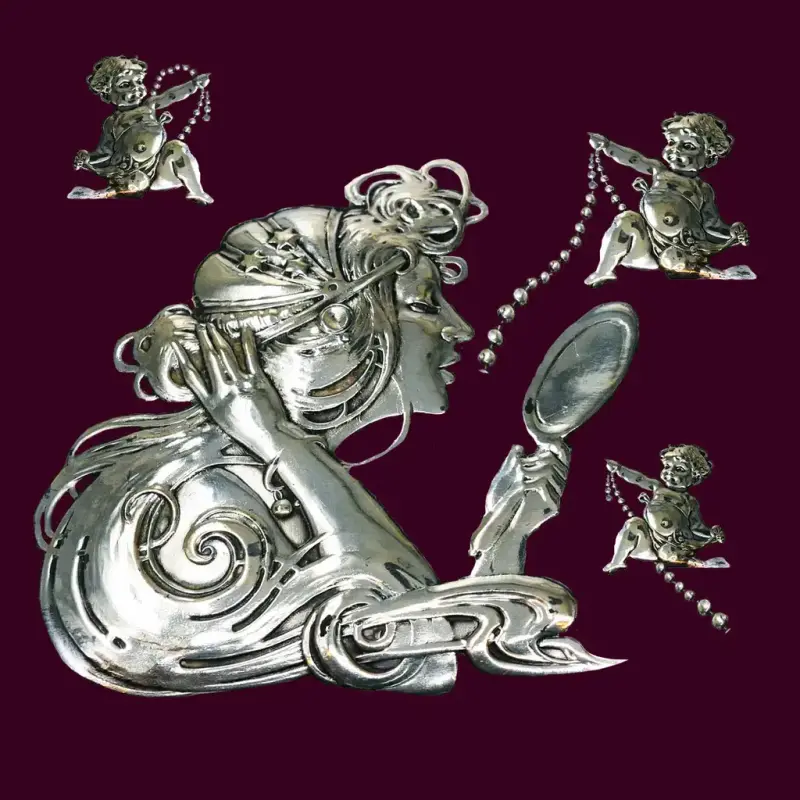14 juni - 14 september 2025
Västernorrlands museum är medarrangör i Triennalen, en stor samtidskonstfestival som äger rum i länet vart tredje år. År 2025 är titeln ”Det stora oväsendet” och festivalens tema utgår från häxprocesserna i Ångermanland år 1675 – de värsta i Sveriges historia.
Triennalens titel Det stora oväsendet belyser hur stora samhällsförändringar, maktstrukturer och polarisering präglade dåtidens häxprocesser och hur de fortsätter än i dag. Konstnärerna behandlar teman som våld, miljöförstöring och konspirationsteorier, men också folktro, gudinnemyter och drömmar om en hållbar framtid.
Monica Sjöö
I samband med Triennalen presenterar Västernorrlands museum en utställning med verk av Monica Sjöö (1938–2005), en radikal ekofeministisk svensk konstnär och författare. I hennes konstnärskap flätas politisk aktivism, feminism och andlighet samman.
Monica Sjöö har nyligen uppmärksammats i stora retrospektiv på Moderna Museet i Stockholm och Malmö, samt i Storbritannien. Monografin ”Den stora kosmiska modern” kom ut 2023.
Utställningen innehåller verk från 30 år av Sjöös konstnärskap. Bland annat visas den ikoniska, och på sin tid mycket omdebatterade målningen ”God Giving Birth” (1968) samt den självbiografiska ”My Sons in the Spirit World” (1989). Verken är lånade av Monica Sjöö Estate via Alison Jacques Gallery i London, förutom "God Giving Birth" som ägs av Museum Anna Nordlander i Skellefteå.
Bild:
Monica Sjöö, Mother Earth in Pain, 1996, Oil and canvas on board, 100 x 130 cm.
Courtesy Monica Sjöö Estate and Alison Jacques. © Monica Sjöö Estate.
Photo: Michael Brzezinski.



